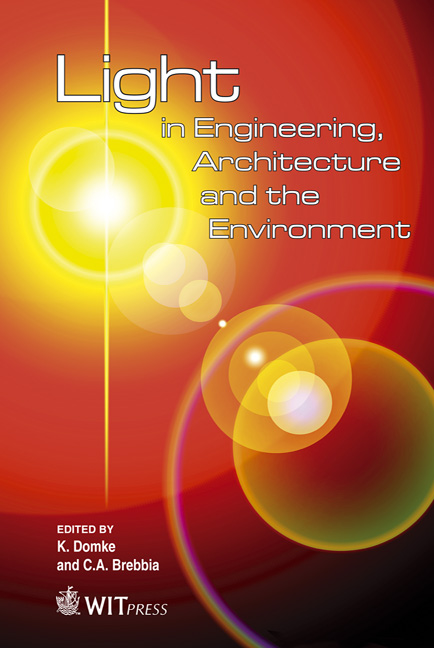Natural Light In Traditional Architecture Of Iran: Lessons To Remember
Price
Free (open access)
Transaction
Volume
121
Pages
12
Page Range
25 - 36
Published
2011
Size
1,759 kb
Paper DOI
10.2495/LIGHT110031
Copyright
WIT Press
Author(s)
F. Ahani
Abstract
Taking into consideration natural light as a key factor in visual perception of the world, traditional architects, as skillful hunters of this phenomenon, always utilized it with regard to general principles of Iranian architecture. Notions such as hierarchy, centrality, balance, unity, which all of them are engendered by symbolic aspects of light as the most direct representative of sun, sky, heaven, truth and especially an omnipresent God; Consequently one can observe several elements or structures like fire temples, \“Orosi”s (latticed windows), light wells and many others in Iranian architecture which are created to interact with light. This paper, based upon a holistic approach and a qualitative research methodanalyses the role of natural light in traditional architecture of Iran. The results of this study reveal that light role in traditional architecture of Iran (in both pre- Islamic and the Islamic period) can be classified in five categories including: Climatic function of light Psychological function of light Aesthetic function of light Spiritual and symbolic function of light Examining the mentioned roles also implies that most of these applications are yet capable of fulfilling human needs in modern and post modern society, another noticeable fact which makes it necessary to re-examine Iranian traditional architecture and revitalize its considerable achievements. Keywords: traditional architecture, Iranian, natural lighting, climatic, aesthetics, psychological, symbolic, function.
Keywords
traditional architecture, Iranian, natural lighting, climatic, aesthetics, psychological, symbolic, function





